Mr. Gum never considered ceramics a major part of his artistic background, but when DIS expanded its curriculum, he seized the exciting opportunity to introduce something fresh for his students. In this insightful Q&A, he shares his creative modifications and long-term aspirations for the new medium.
Was ceramics and pottery always a part of your artistic training?
Mr. Gum: No, I don’t think it was part of my skill set. I only took one class in college which was more like a ceramics sculpture elective as a part of my degree. Even that class wasn’t what we do now – It was ceramics in terms of sculpture rather than pottery and wasn’t a focus of my degree at all. So truthfully, I wouldn’t consider it a part of my skill set or training – just some experience, that’s it.
Eugene: So when did you start learning? Recently?
Mr. Gum: Geez, I guess it’s been a couple years already though, right? Yeah, about two years ago Mr. Jolly got the necessary materials and equipment to kick off our ceramics curriculum.
Given that this discipline wasn’t always a focus for you, what motivated you to start ceramics?
Mr. Gum: It was somewhat due to the need. It’s a part of having small school problems. Because we’re a small school, we’re limited in what we can offer. You know, that also works to our advantage when class sizes are very small and you have a lot of opportunities to get one-on-one with the teacher and get some custom feedback. But it also means there’s only one art teacher position for all of secondary, unlike bigger schools where they have multiple teachers for specific disciplines.
Eugene: So a teacher just for ceramics, a teacher just for painting, right?
Mr. Gum: Right, I have to do all those because we also want to strengthen our experience with 3D. It’s a goal of mine to have an opportunity for students in AP to challenge the 3d portfolio. So we have a good track record of students taking 2D portfolio. They have a lot of experience with 2D Stuff before their senior year – drawing, painting, and printmaking. Now we have a whole year of ceramics. So hopefully that will give students the confidence, if they want, to pursue the 3d portfolio.

How did you get a hang of the basic ceramics techniques?
Mr. Gum: Basics? My whole year of ceramics in high school and experience in college meant my basics were already there. You mean throwing on the wheel? Oh no, that took some time. That takes everyone some time. I didn’t have time to do it while working as much as students are going to, so I hope students will pick it up faster than I did. I actually had professional development classes with professional ceramics artists. It was awesome – really great. It’s a lot of information to unpack because I had so many lessons. It helped so much. You know when you overthink things and someone just shows you a simple way to do the same thing and it just blows your mind? There was a lot of that going on.
How did professional development help shape our curriculum?
Mr. Gum: Yeah, it was interesting because the artist was classically trained in traditional Korean ceramics. Although the work she does now is kind of contemporary, you can tell the training is very traditional and it was very different from what I expected. In our class, we use domestic, local, natural clay. It’s really cool to get that kind of knowledge about the materials. How else would I get it?
Eugene: Did you practice in our school?
Mr. Gum: Mhm. Part of what’s really cool about the professional development was that she came to school and it wasn’t just about teaching ceramics – it was about surveying our facilities. It was like, “Okay, let me see what you’re working with; What is the time frame you have? What are your capabilities? What do the students want?” That kind of thing. So it was a very tailored experience to help make what we offer better.
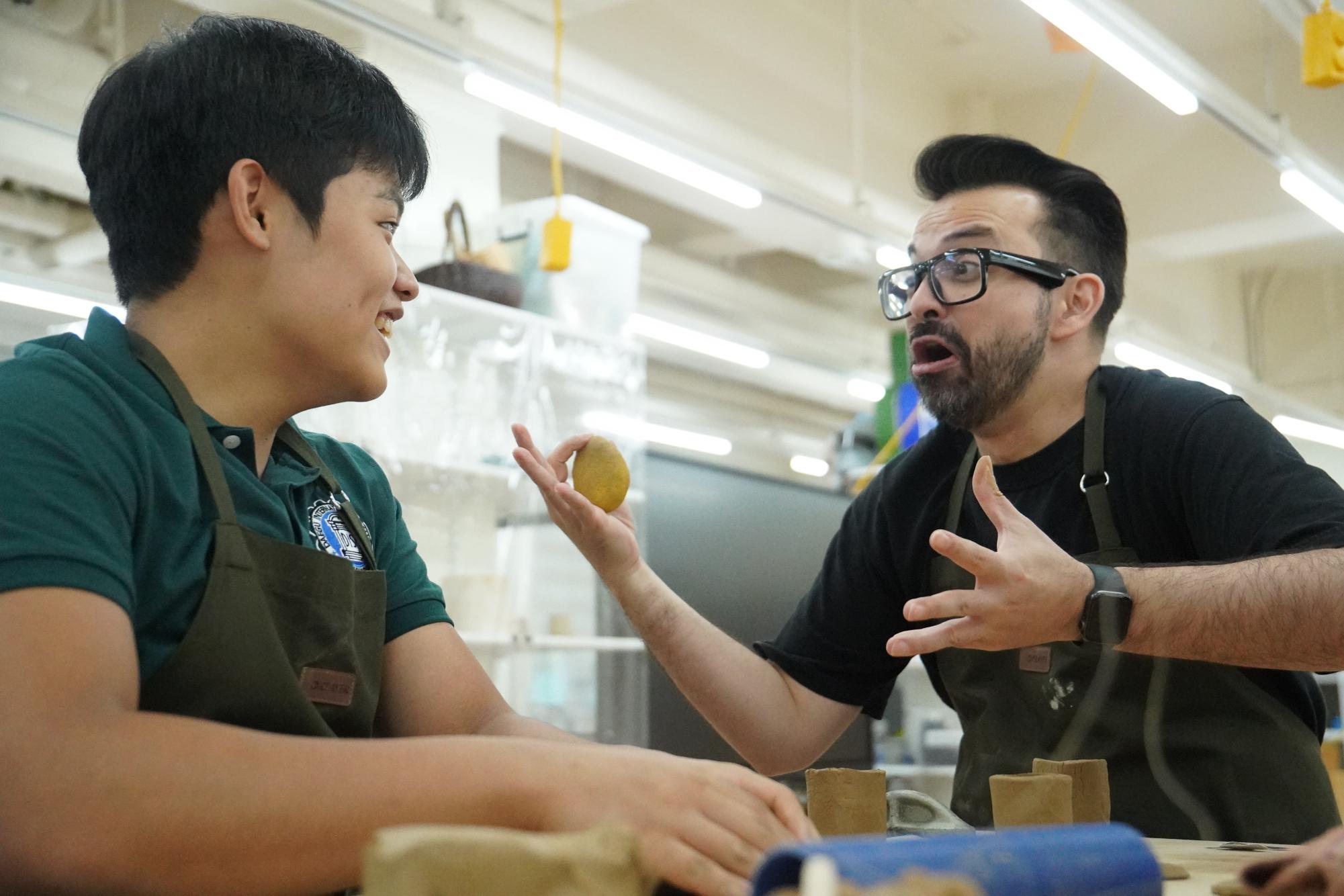
How have you modified your room to make the process easier?
Mr. Gum: So about the bat system – professionals do it without a bat but for students who are just learning and getting practice it can be tricky. So I 3D printed and I designed a 3D printed my own bat system that works with ceramic tiles. That’s a way to sort of work around the fact that there’s no bats in Korea. These things, the little kind of differences like that, can sometimes make a big difference in how you teach.
Eugene: What other changes have you made to your room to make ceramics easier?
Mr. Gum: What’s great is that we decided to do ceramics before this room was made. This whole thing would not exist without Mr.Jolly in terms of initiative and encouragement for this to happen. I was allowed to design the space, which means I designed a room to accommodate all of this. Remember that year we had a sort of trial and error with ceramics before this new room? I took what I learned from that one year and designed this space to accommodate the workflow that we have with ceramics. We have a whole wet zone because it gets dirty. Then also the previous room wasn’t ventilated. Do you remember that?
Eugene: Yeah, we had to wear masks for the dust and had an air purifier.
Mr. Gum: So now Mrs. Gum and I have, because they’re newer rooms, a fancy ventilation system unlike other rooms in the main building where they rely on the air purifiers. Dust can be a big deal if you’re in there every day like I was. So not only do we have the ventilation system, but we also have a wet zone. You know when you’re working with clay, when you’re sanding and doing stuff you do, and there are dust particles? The whole area’s a wet zone now – when we’re done working, we just hose everything down and it drains away.
We’ve waterproofed the pottery wheels as well to have that kind of workflow. We’ve got custom shelves that we had built for the slow drying area where we have the plastic wrapping around the shelf so air can’t get in there very quickly and so whatever we put in there slow dries. Because of the space, it’s also easier to have a clay reclamation system, where we recycle our clay and our mistakes, as you know.
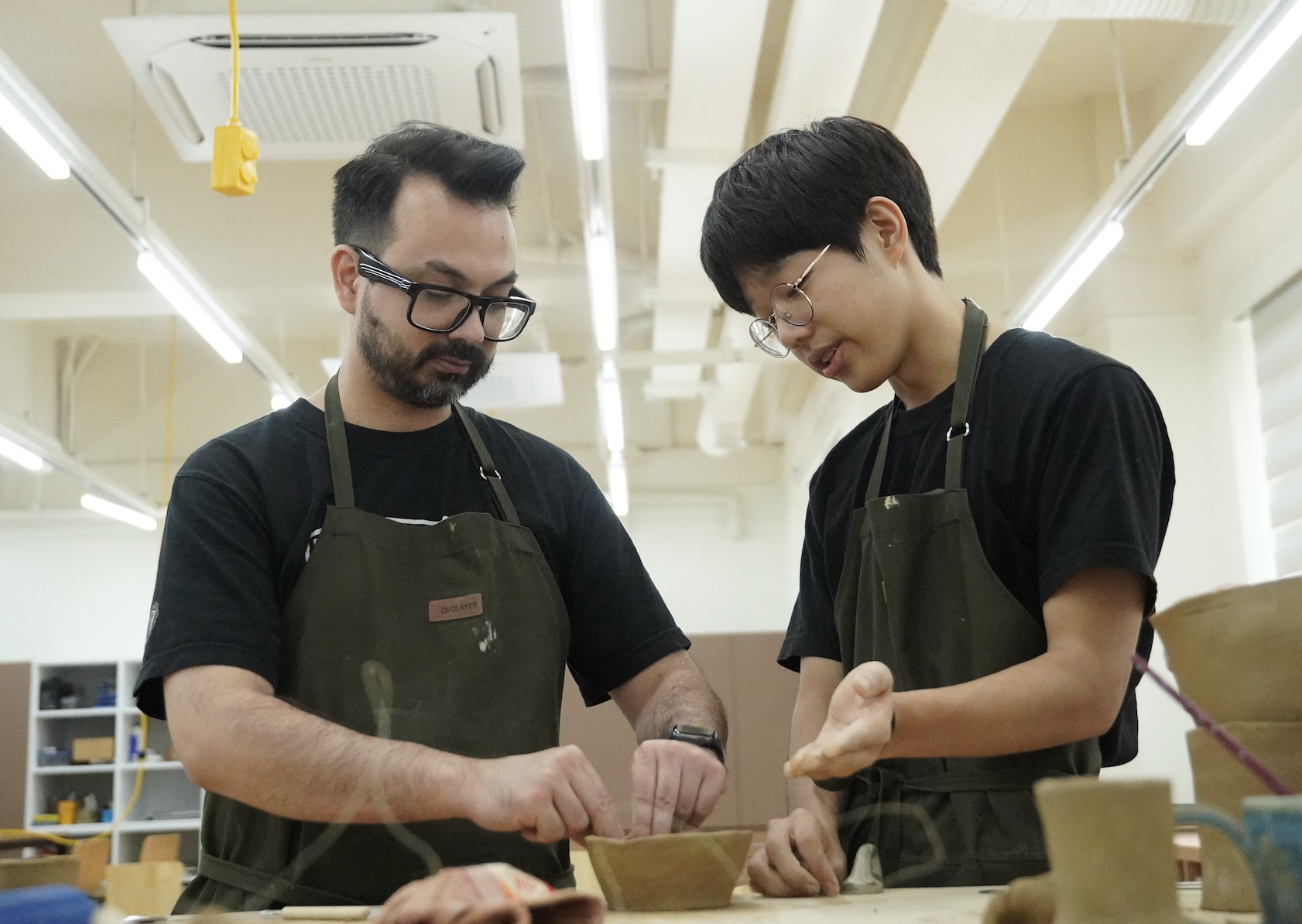
How would you describe the new 11/12 grade curriculum?
Mr. Gum: Remember the professional development – We talked about how it was really catering to what we can accomplish and what our goals were for our school. So we looked at our timeline and what we’re capable of doing at school, because we’re not gonna be able to do everything in ceramics. The idea is to get just basic exposure to several techniques and practices. I mean, just talking to you, I think students generally want to get on that wheel and start doing pottery. It’s a cool thing. So we’re just going to get a sense of the clay first.
Eugene: So what’s in store for the first semester?
Mr. Gum: So first, we started with basic hand-building techniques like coiling, slab work, and pinch pot making – just formative practice work with that. We’ve had practice and now we’re going to have a summative project utilizing those learned methods where I let you plan your own direction and your own self-guided project with those techniques. That’s kind of a short unit because it’s pretty straightforward. Then we’ll go over to pottery which seems to take longer to build those skills.
We’re going have some standard formative goals for pottery as well – just throwing a series of three cups, for example. So then we’ll have a self-guided personal project with that, too. And then from there, hopefully, we’ll have time to kind of experiment with some synthesizing techniques, like, maybe bringing some hand-building techniques into the pottery like carving, or maybe even the inlay technique. There’s just so much to do and that we’re able to do.
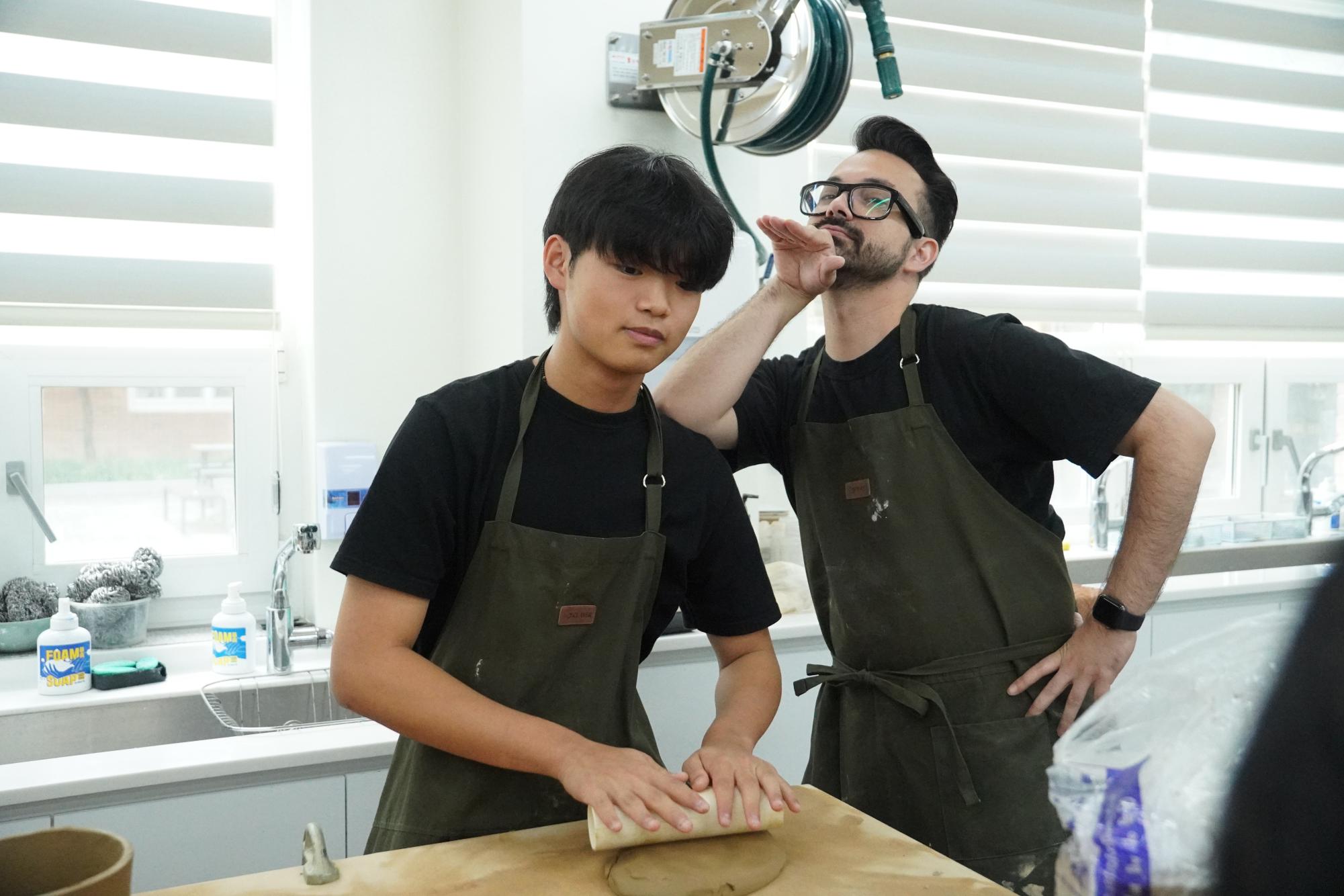
How have students’ personal projects developed?
Mr. Gum: Yours is not great.
Eugene: Oh, man.
Mr. Gum: I’m just kidding. For the record, you get to write it into the article. Anyway, that’s a question for you! What do you think? I’m happy.
Eugene: I’m happy too. Are the students taking a lot of different directions?
Mr. Gum: Well, that’s always going to happen. I’m satisfied with what’s still going on. I guess it’s one of those things I take for granted – when you do a great job over and over again, you get used to it. The students sort of figuring out things for themselves allows me to put my focus on other more practical things like “Are they having a hard time with the workspace?”, “ “Are they able to use the tools?”. So I’m always just looking to optimize those things to help students achieve their goals for their projects.
I’ve seen a lot of teachers on campus using mugs and ceramics you’ve made. How does that make you feel, seeing your artwork around campus?
Mr. Gum: I honestly don’t feel that way. Let me clarify—it’s because I’m still learning too. I have mixed feelings. Everyone seems happy to get one; they’re using it. But every time I see my old work, since it’s been so long, I think, ‘Whoa, I can’t believe I made that. I can do a much better job now.’ That feeling’s definitely never going to go away, right? I hope not, because it means I’m still working on my craft.
Even ten years from now, if I see another cup I made today, I’ll probably think, ‘Oh man, I would never do it that way today. Wow, that’s so unbalanced. It’s so bottom-heavy. I didn’t pay attention to the distribution of the clay on the walls or something like that.’ Does that make sense? Don’t make me sound like a pessimist, though.
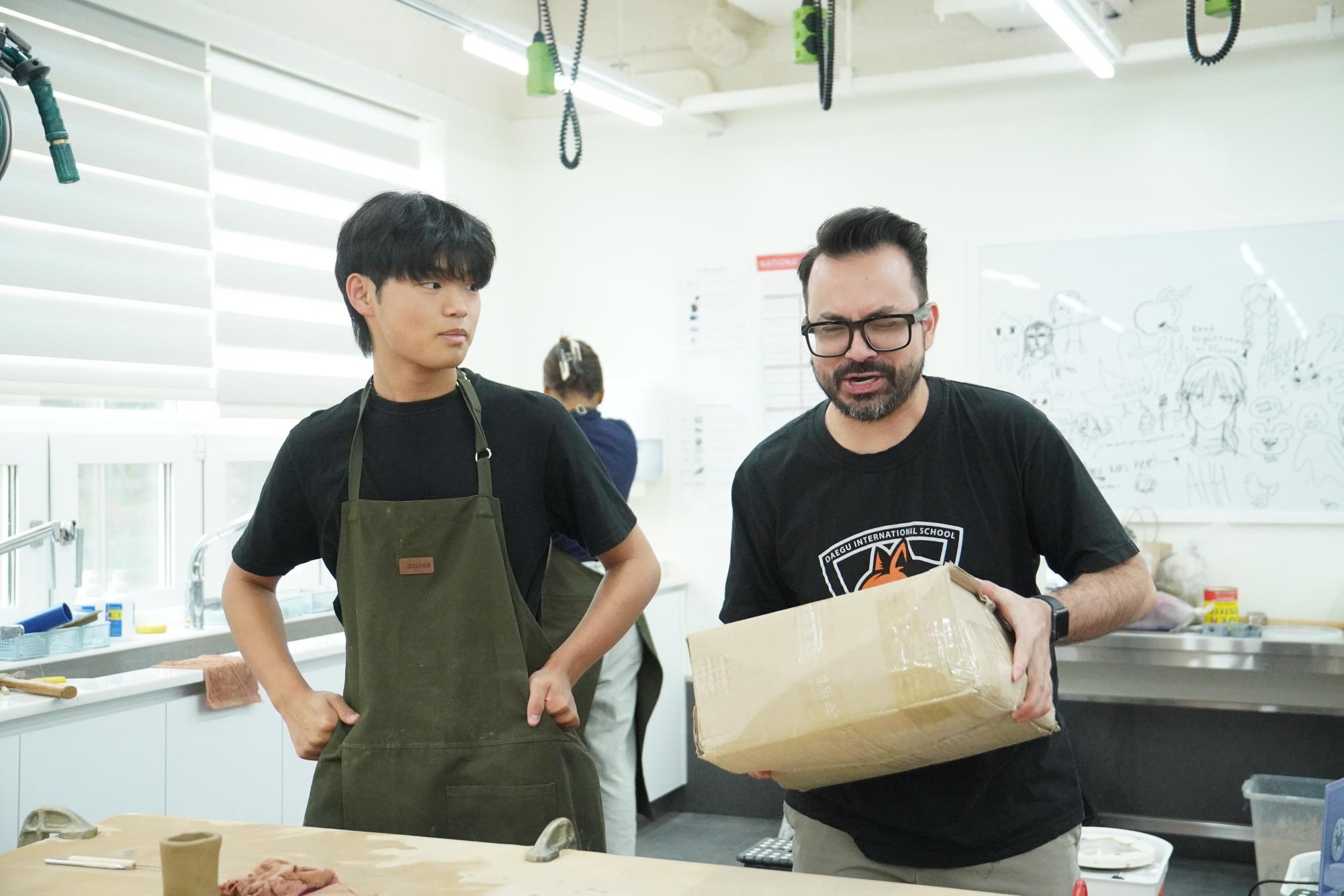
What are your final hopes for this curriculum?
Mr. Gum: There’s always something to improve on. I just think that it’s still a little early. As each year goes by, we can always take notes on what we can change for the next year and make better choices. But this is also the best position we’ve ever been in for ceramics. The kiln is right outside and we have our own facilities. Remember last time we had to walk to another level to go to the ceramics studio on the fourth floor? I guess you still have to walk to my room. But it’s so easy for me. Our new facilities make life so much easier.
Eugene: Yeah, it must help.
Mr. Gum: In terms of ceramics and trying new things – have we been super successful at it yet? We don’t know, but it’s just about trying. I think that’s the point – just to try it. We are in such a good position in this school and are well supported. Our art department is well supported, unlike other small schools with those typical small-school problems. That’s not a problem we have. Not just in terms of funding, but in other ways too. We’re always on the school’s mind in terms of being allowed to do things, like murals or events on campus. They always want us to get involved. It’s all the ‘work’ that they keep giving us, but it’s not really work – it’s just opportunity.
From unfamiliar local customs to tailored innovative solutions, Mr. Gum throws himself into the new medium. With a mix of passion, creativity, and school support, the ceramics curriculum shapes up to offer students not only techniques but also a memorable high-school art experience.


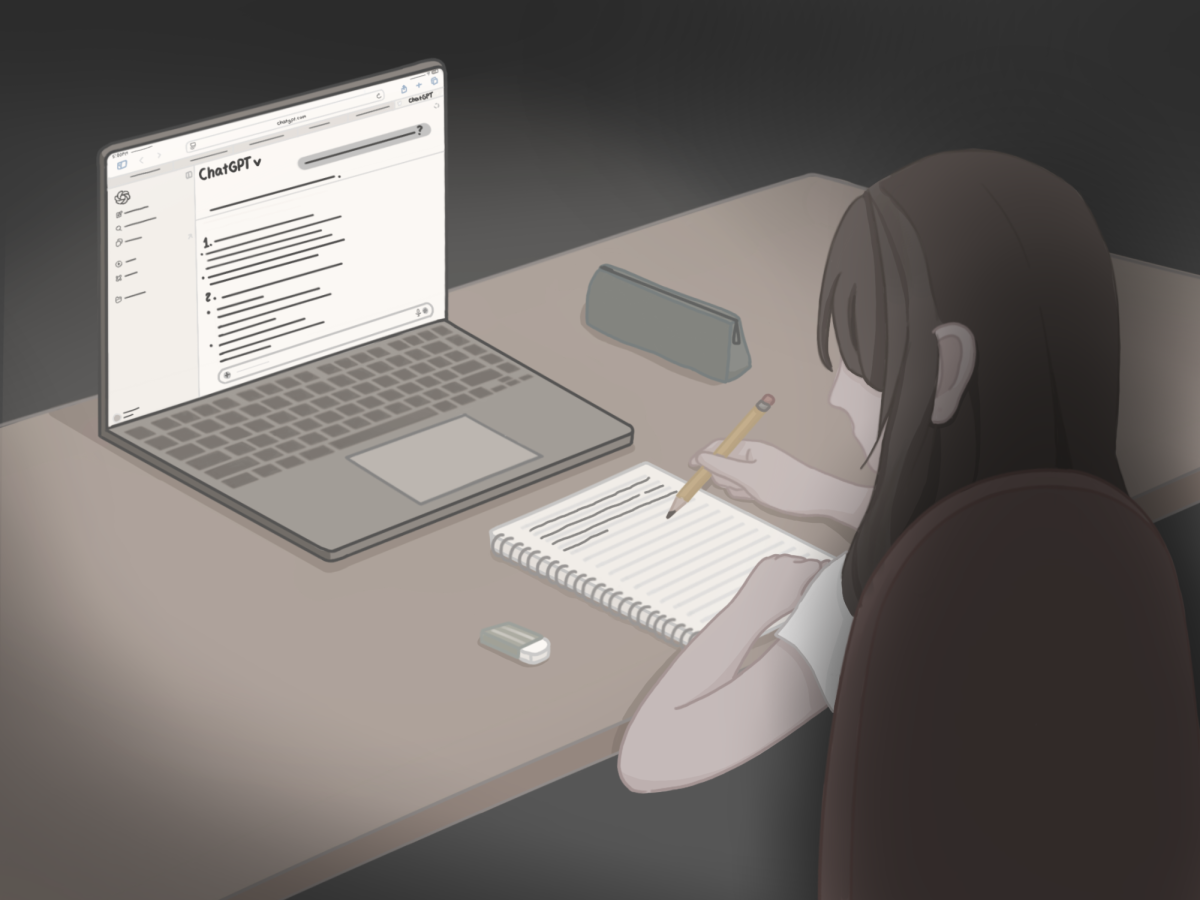
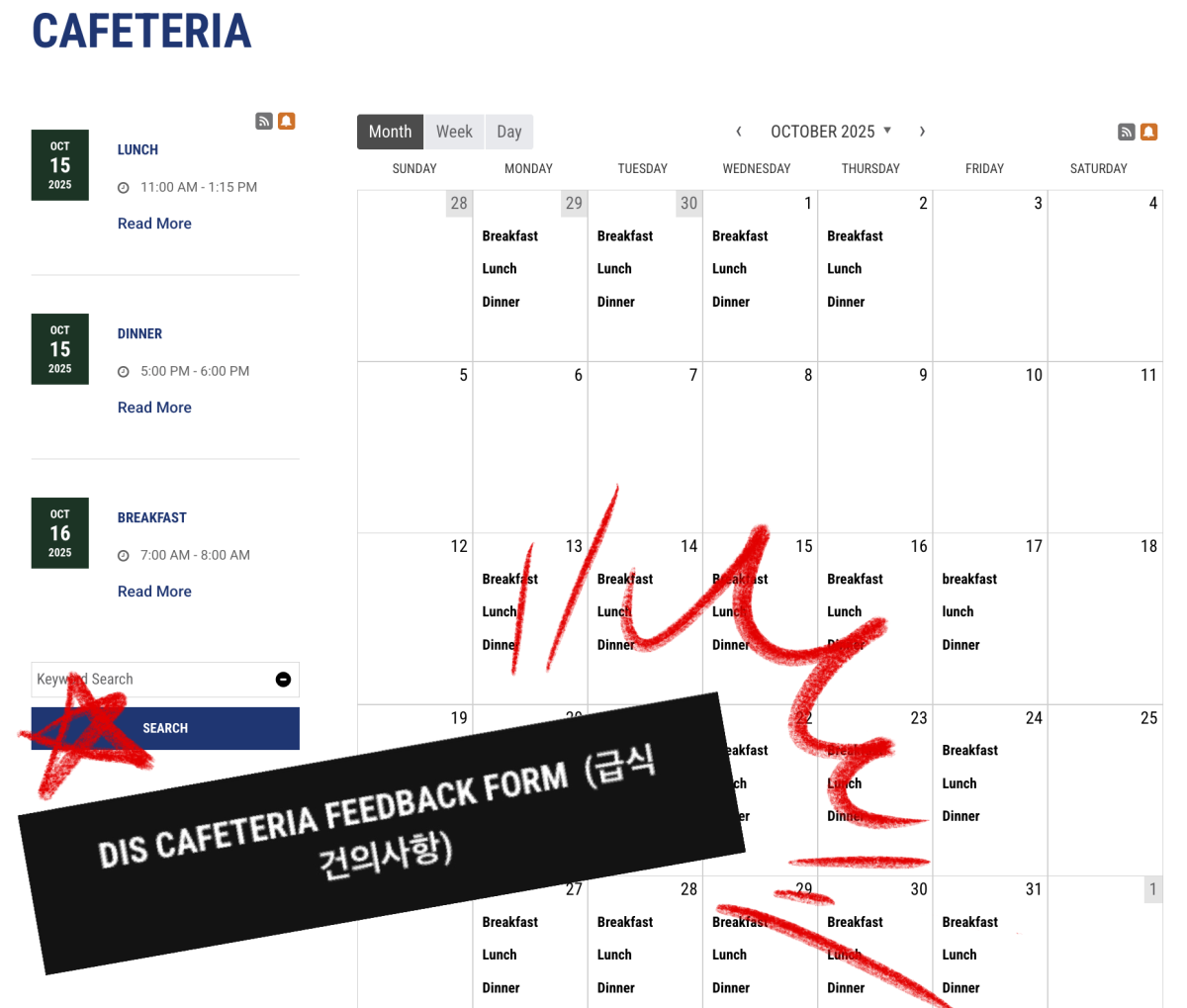
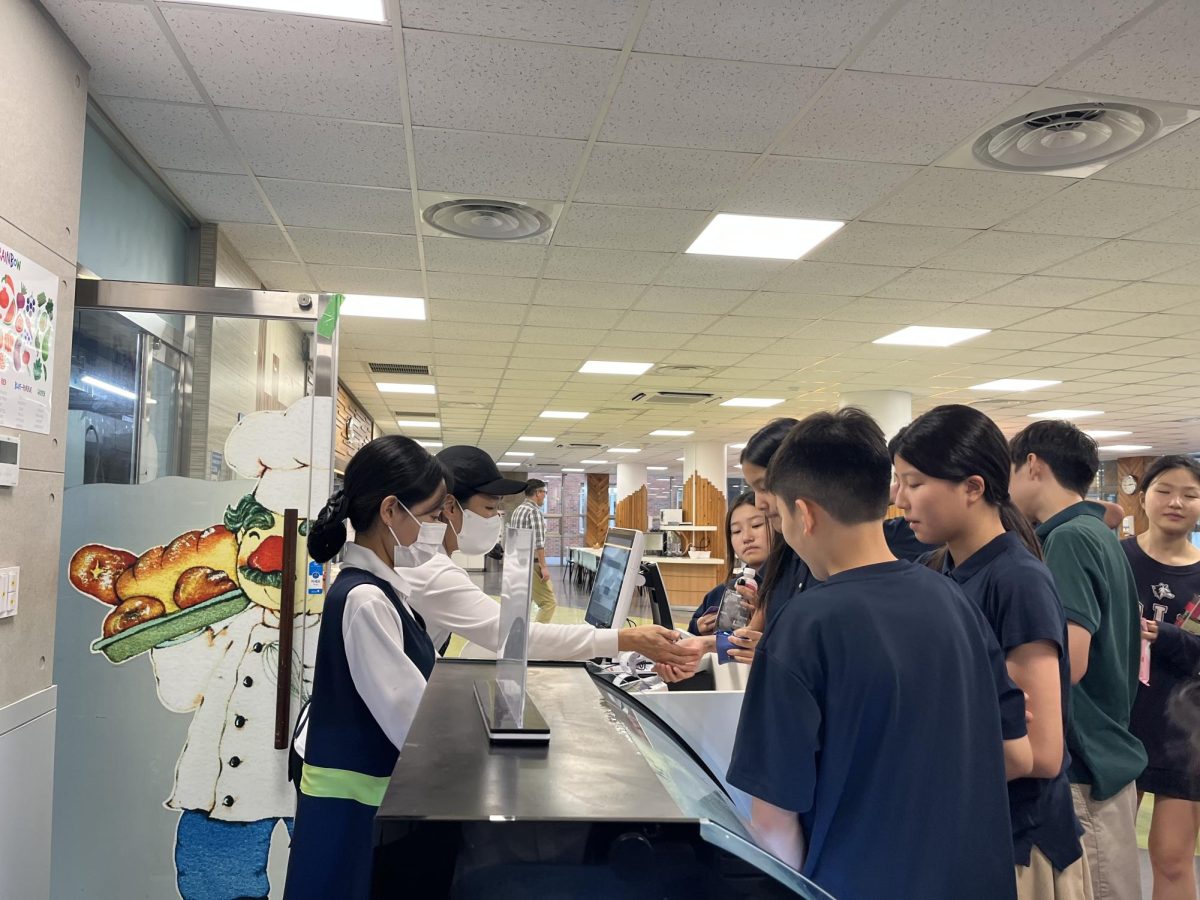


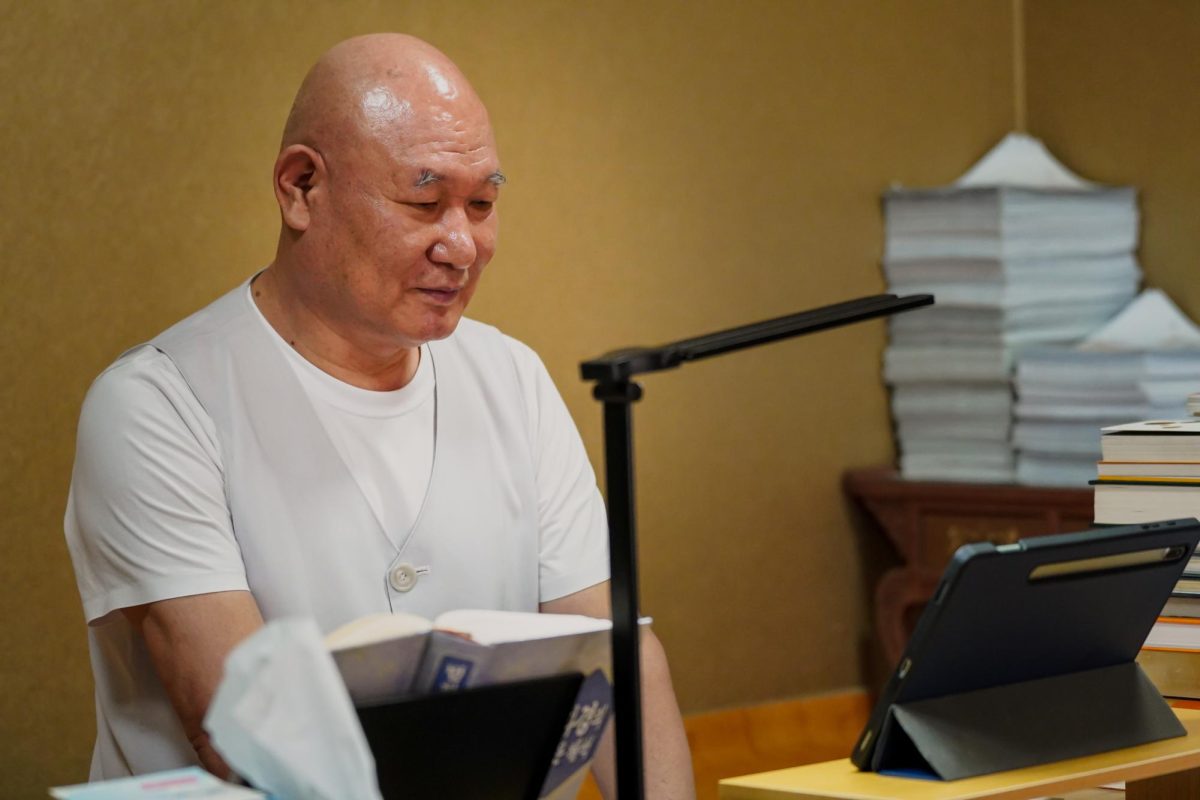
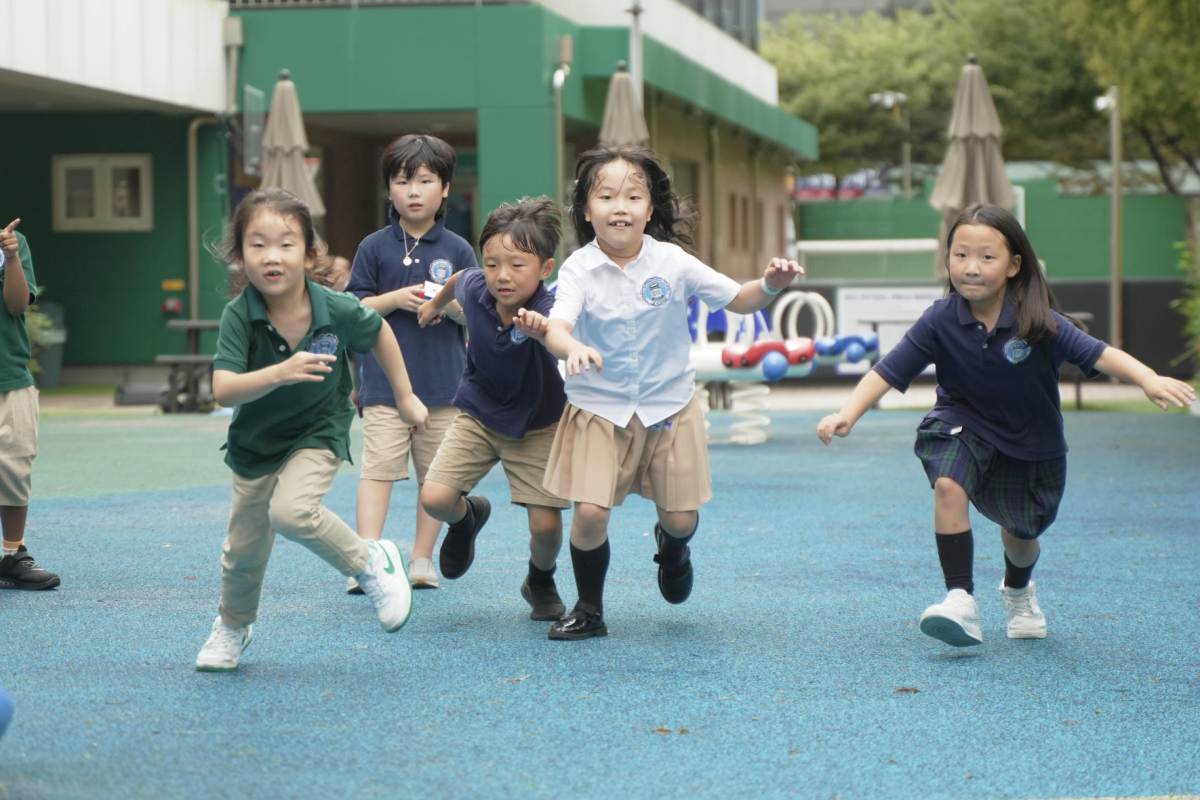
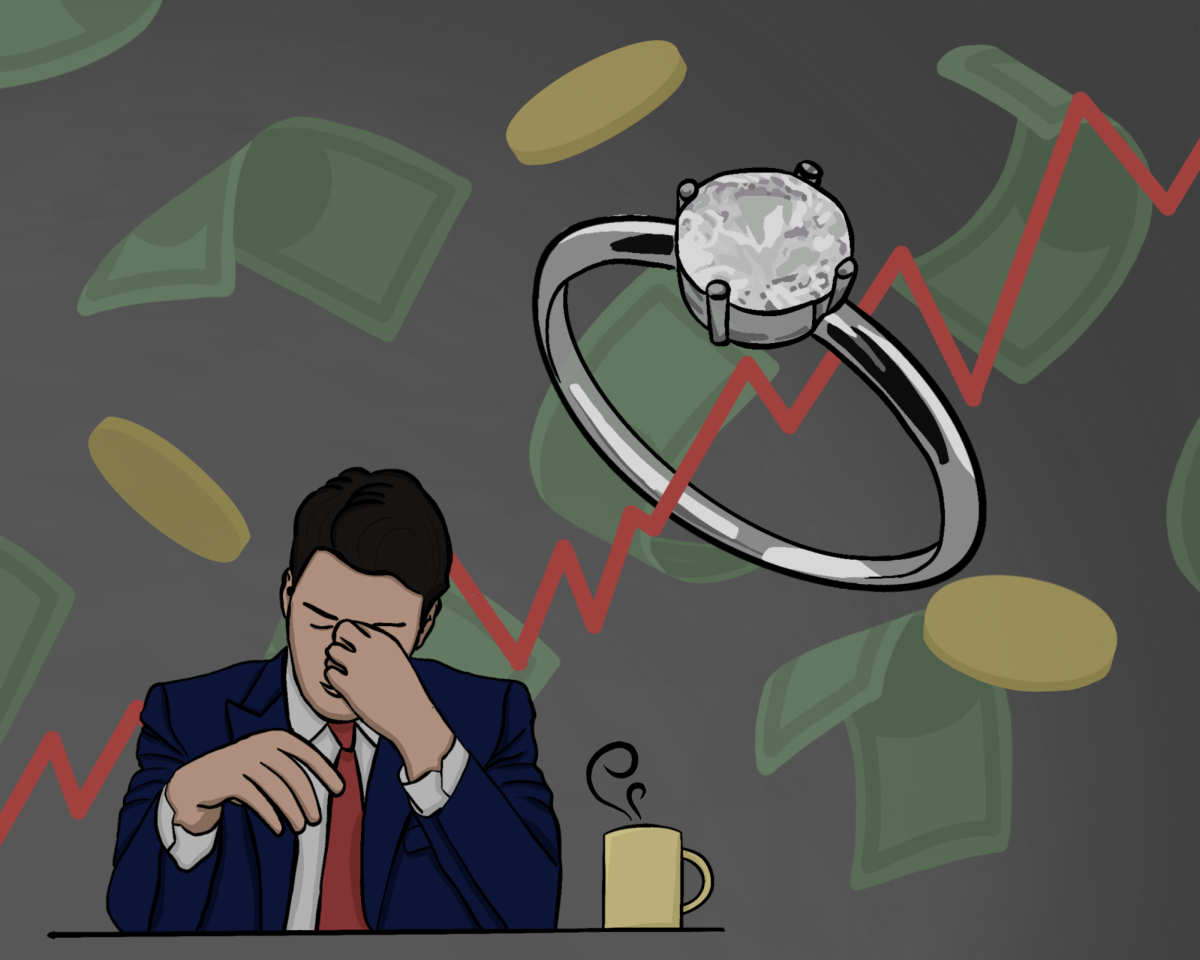

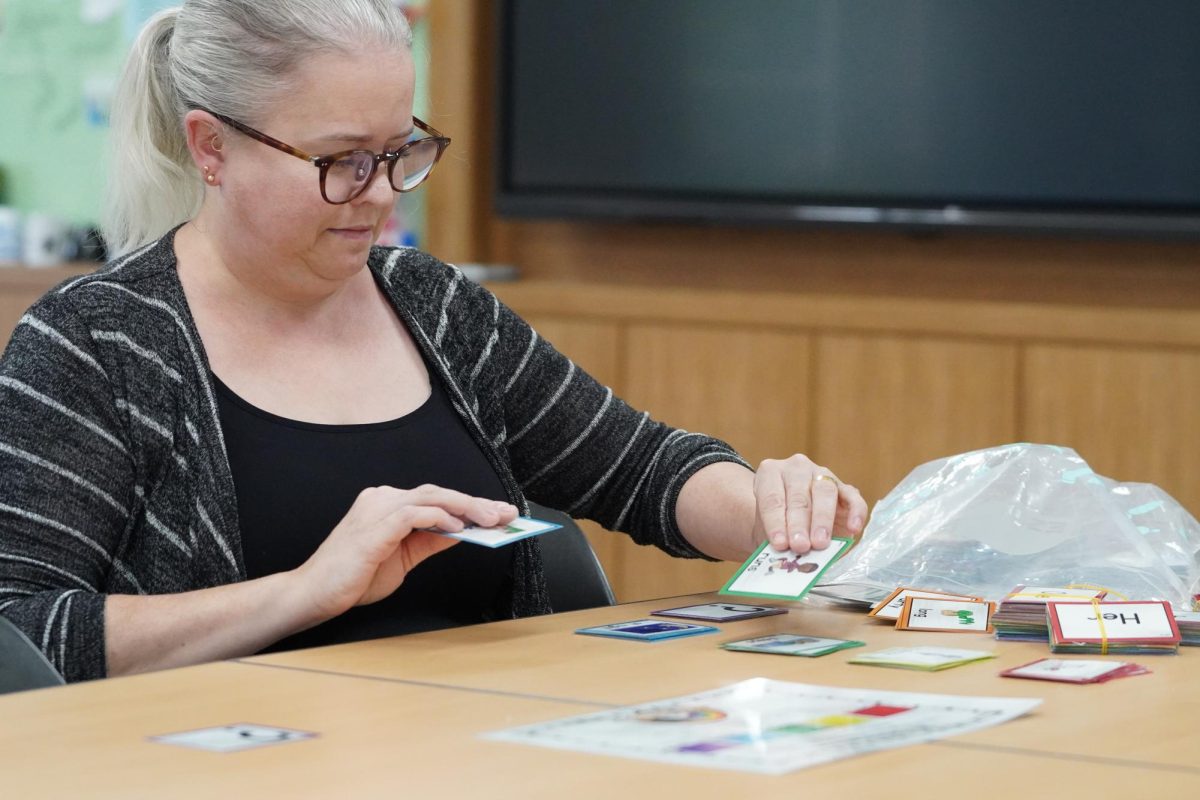
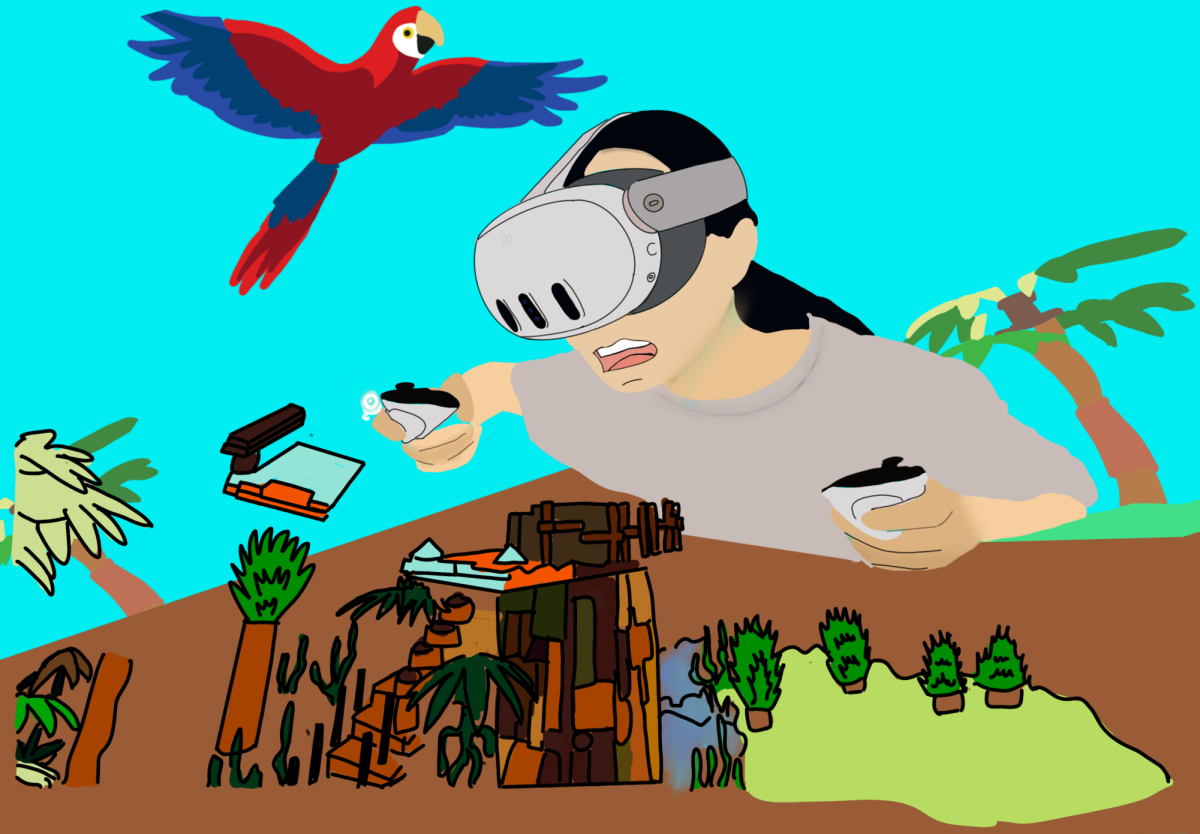
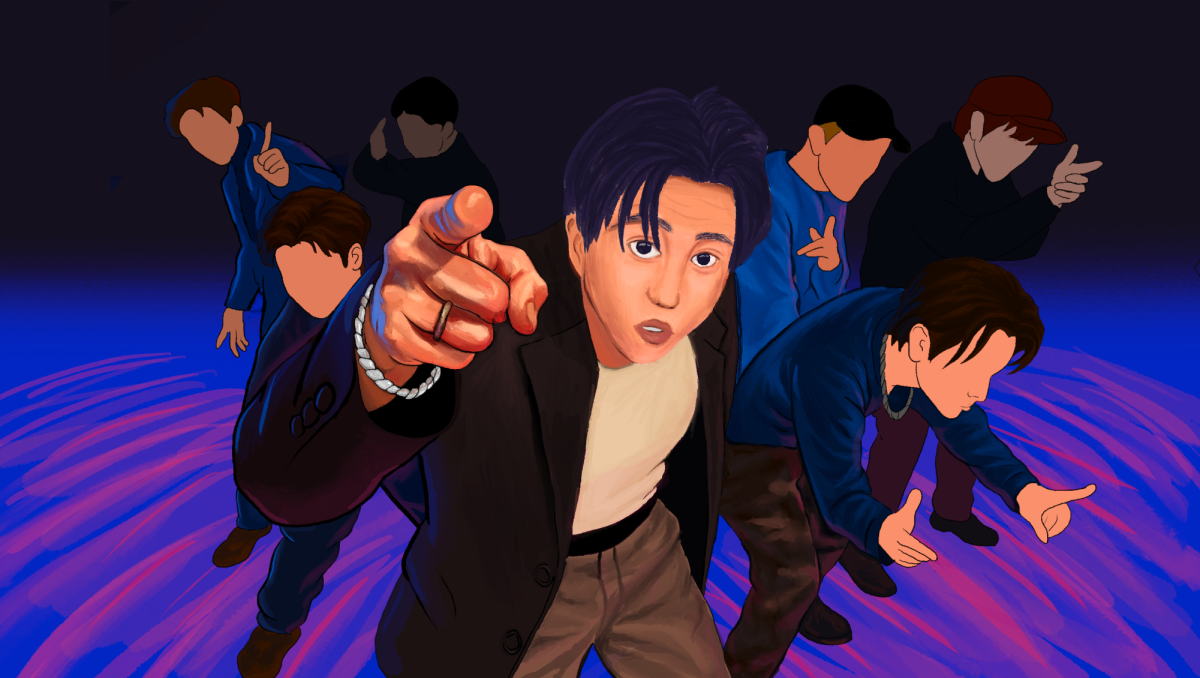
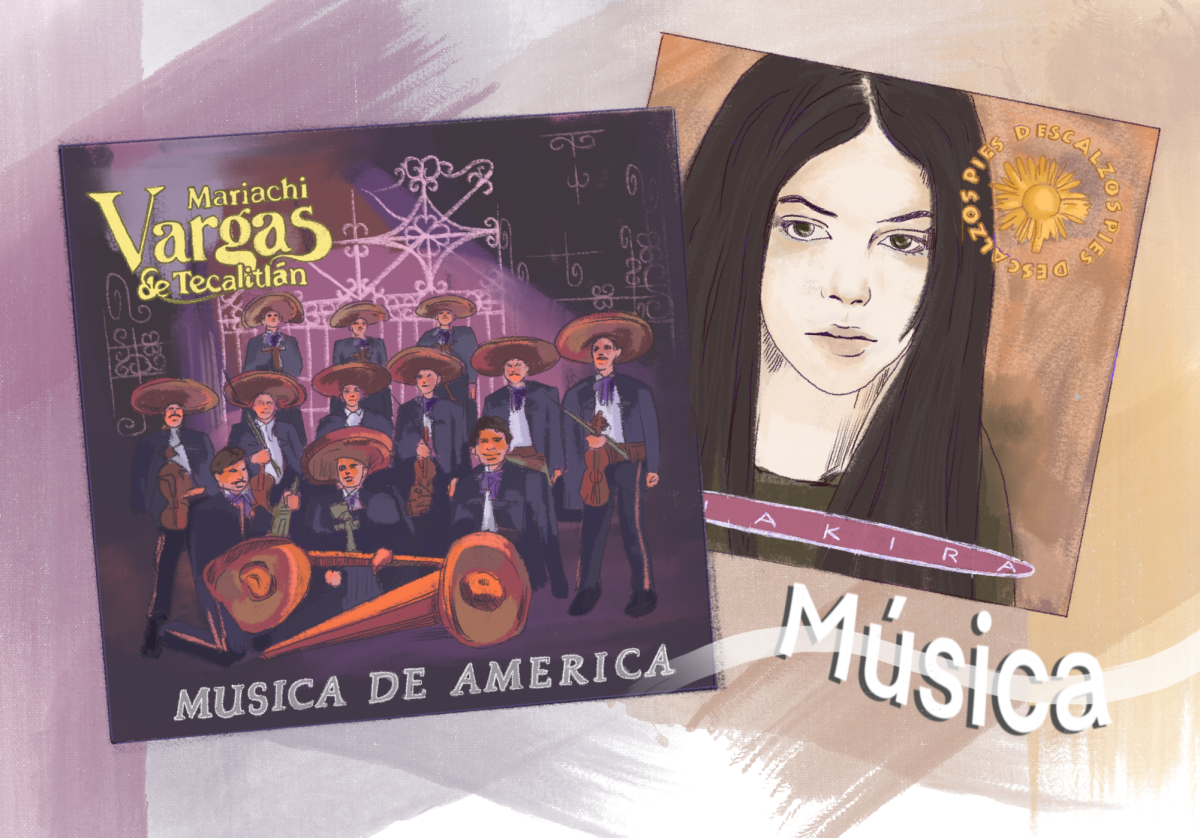

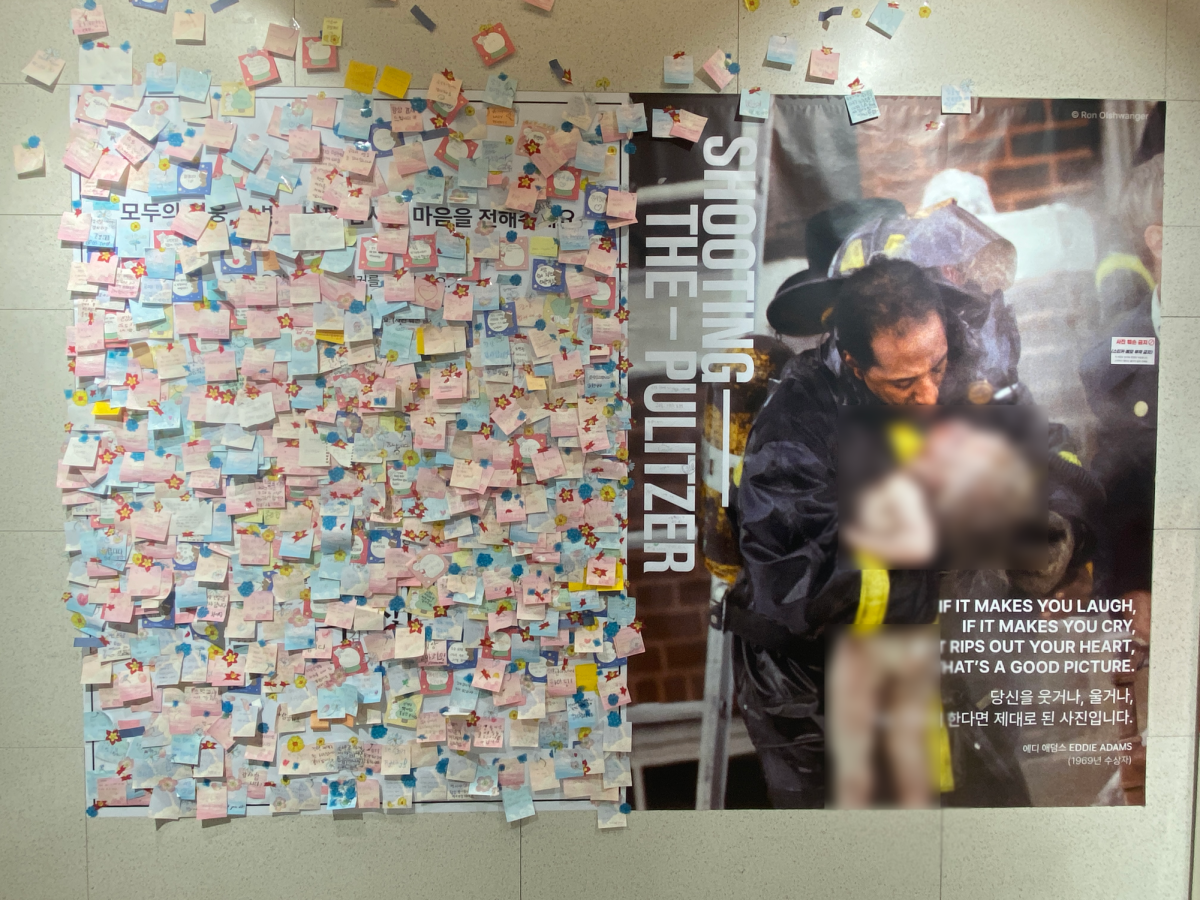
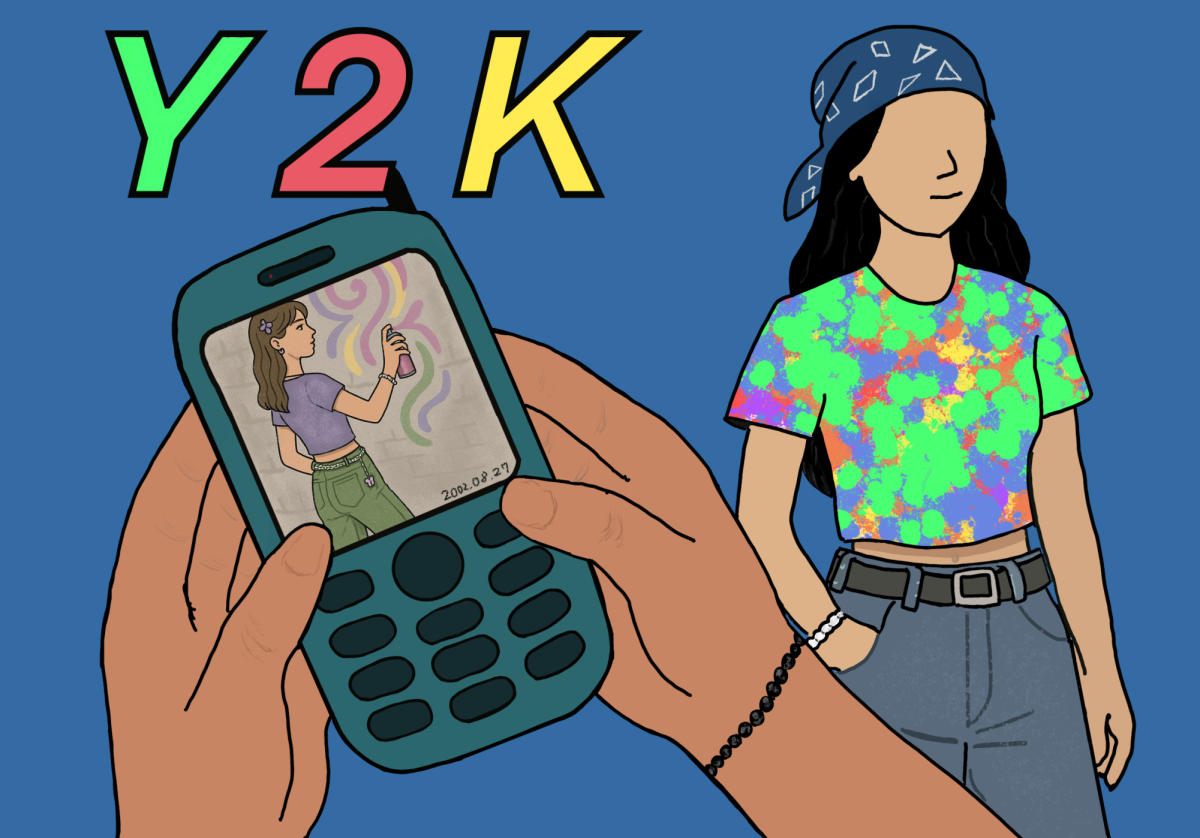

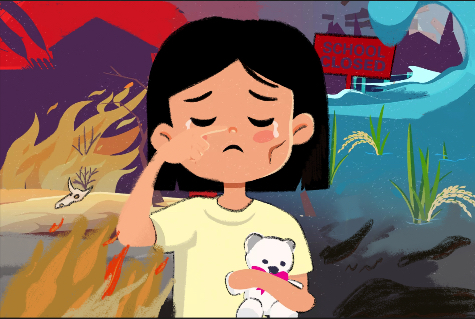




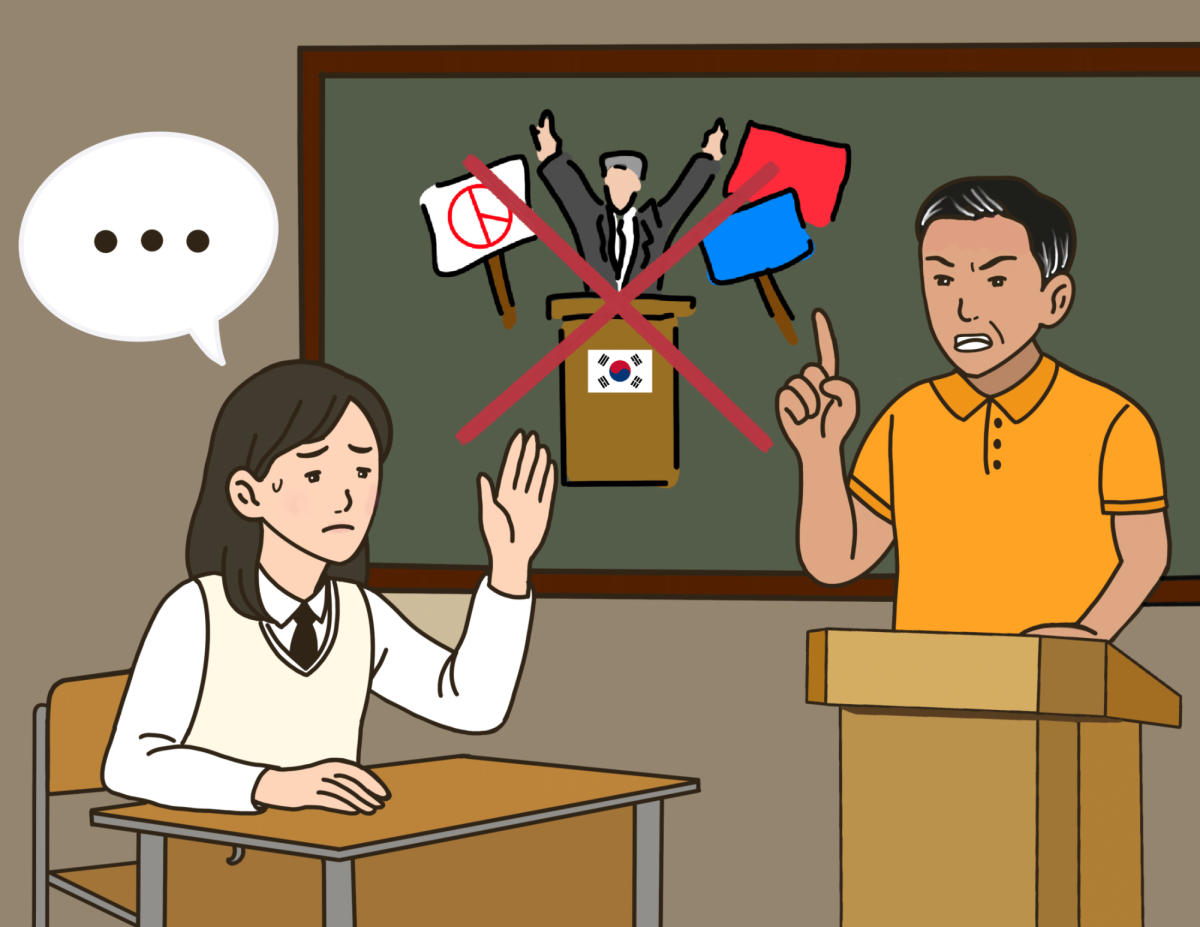


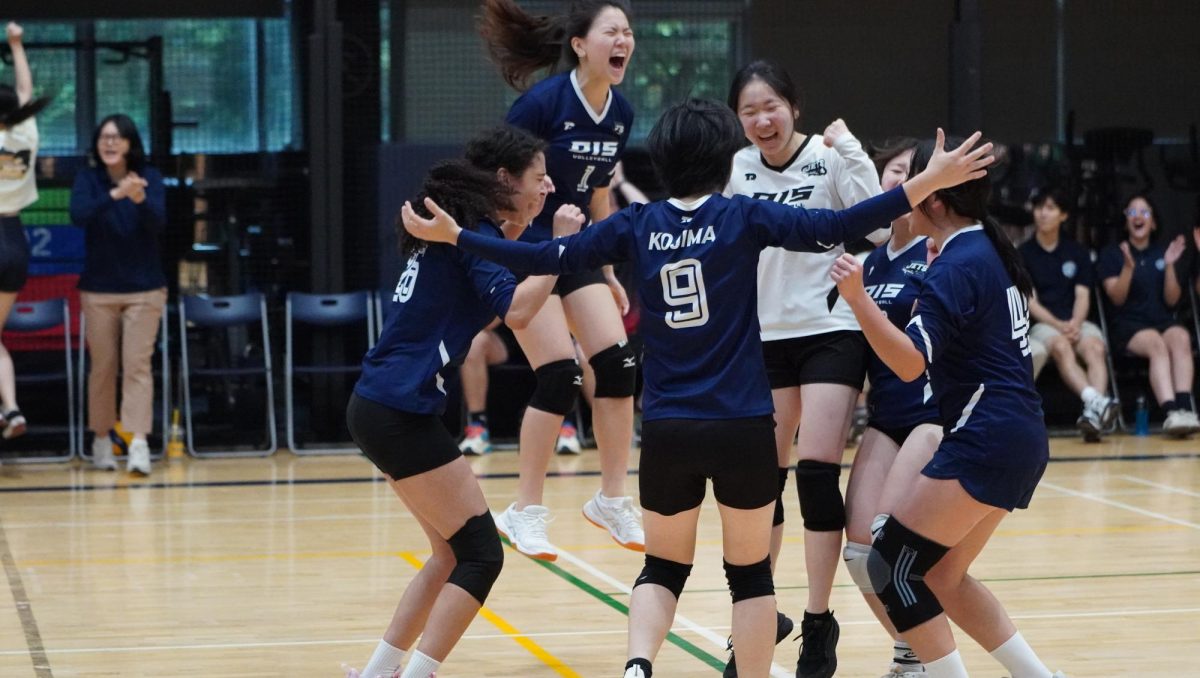
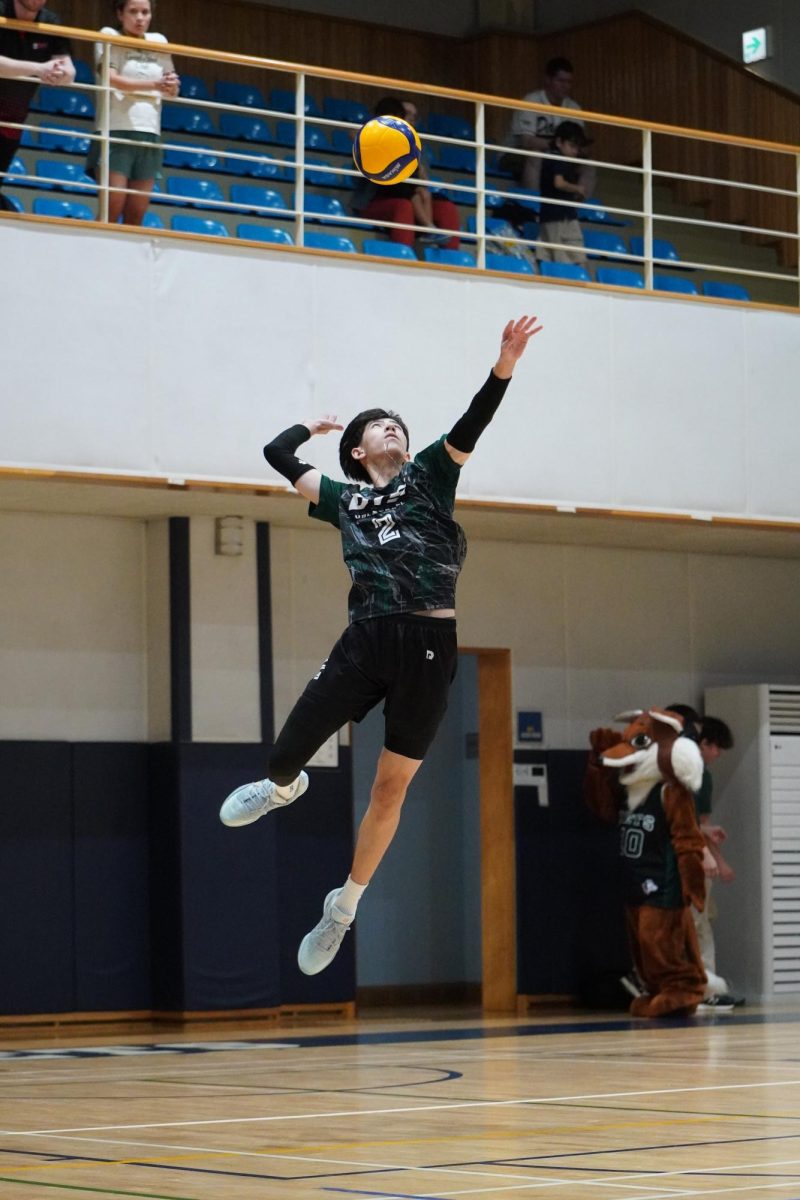
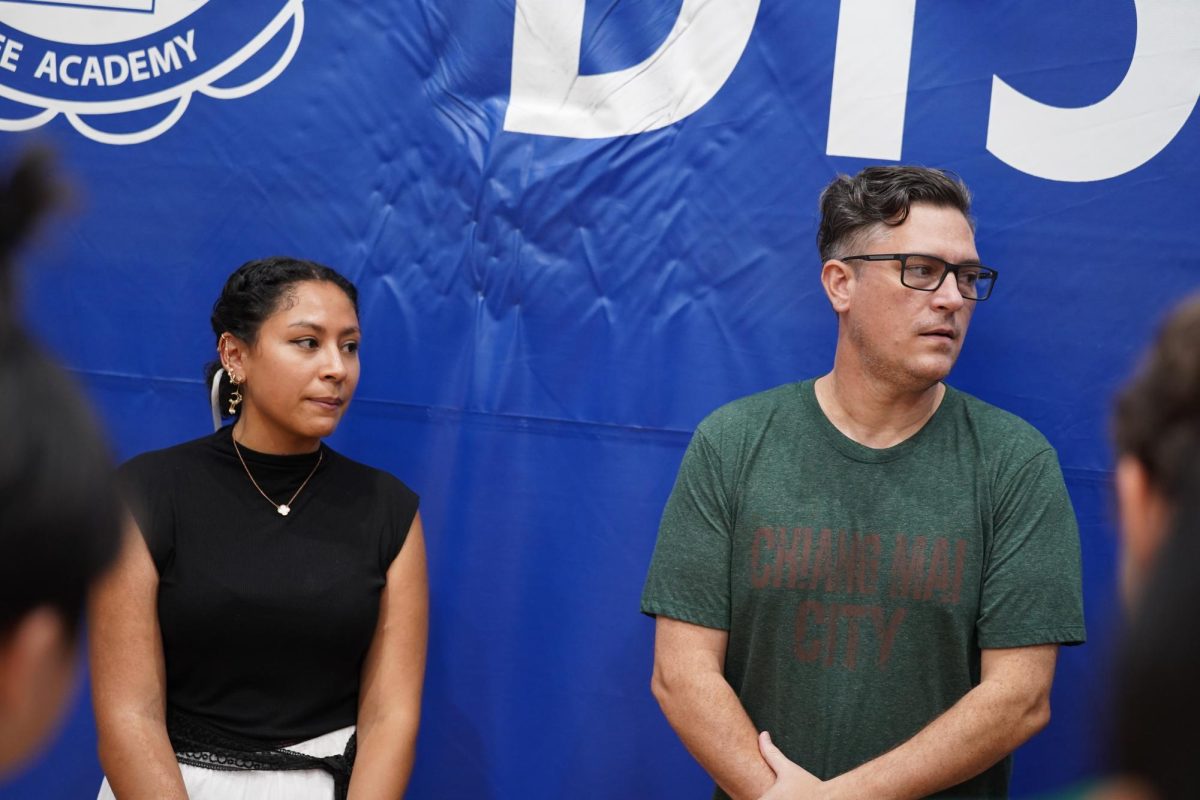
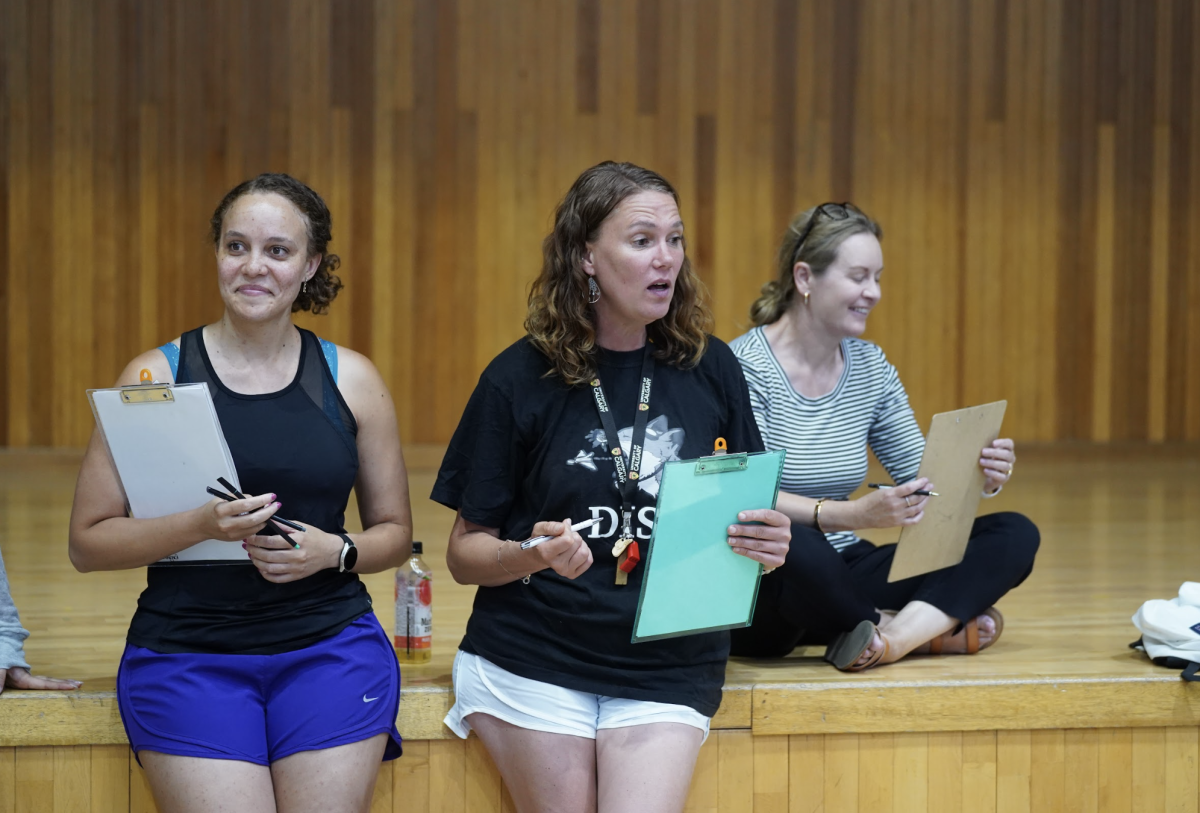
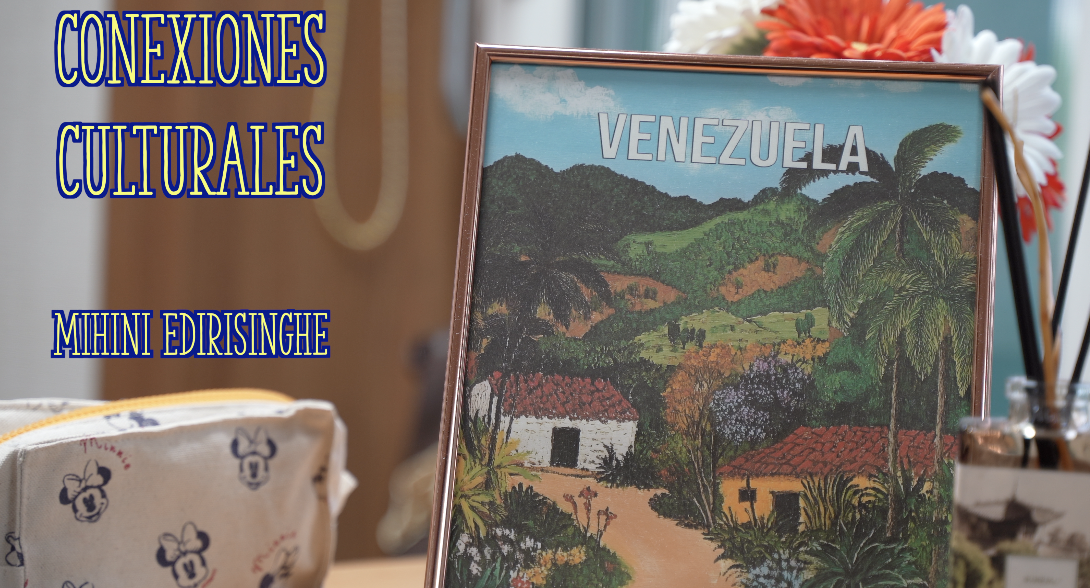

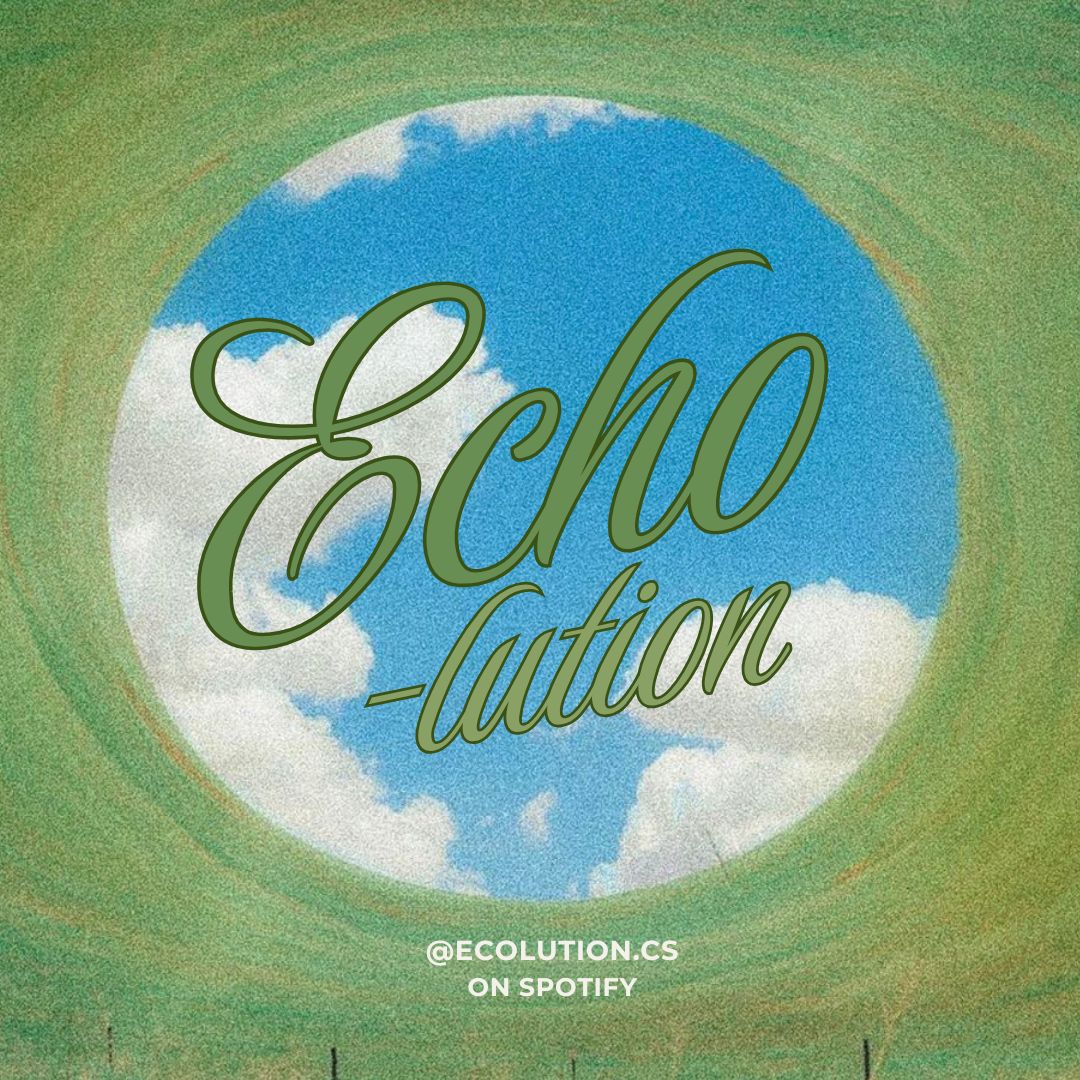



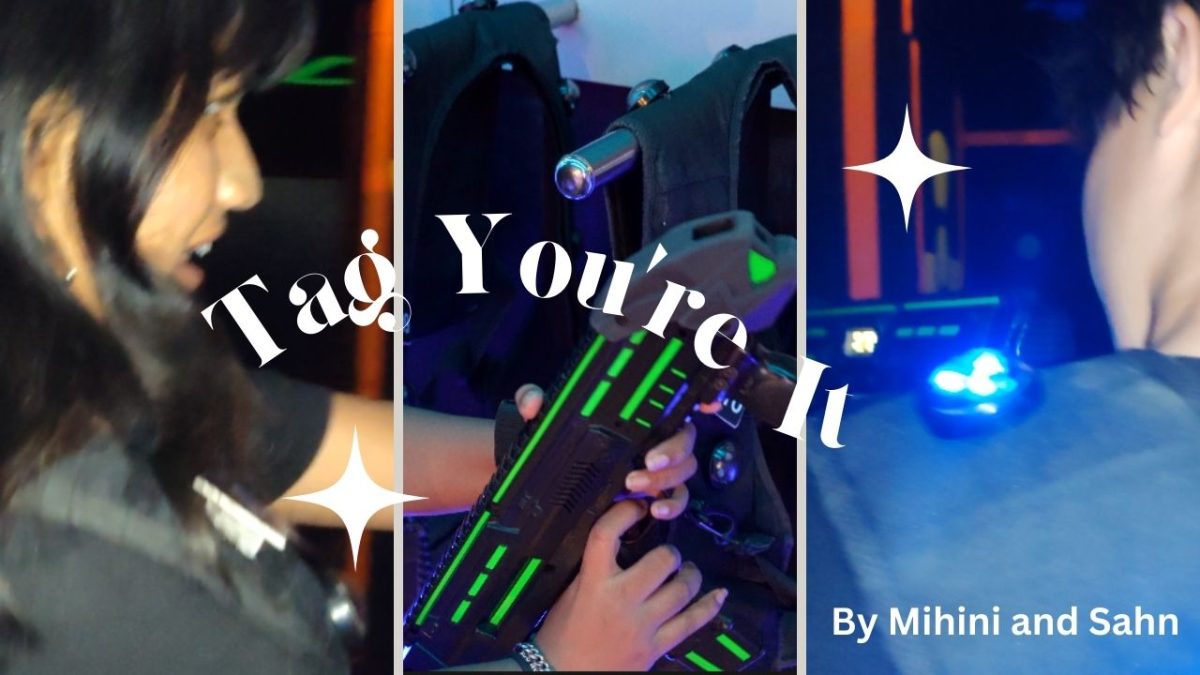
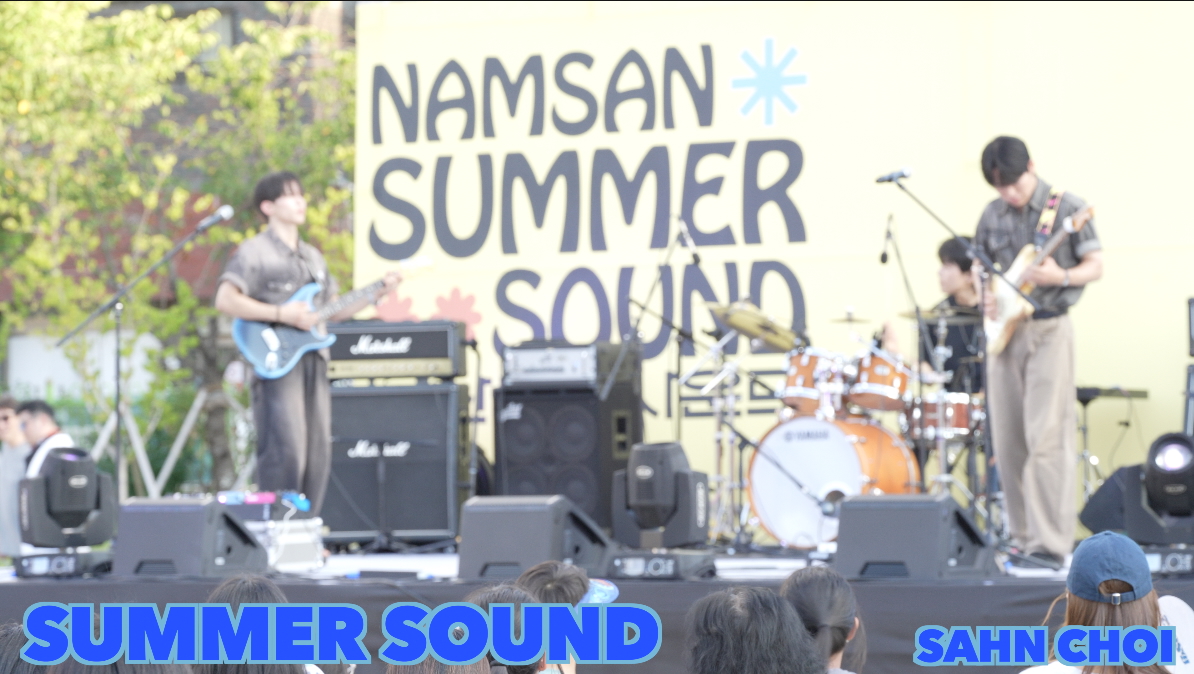
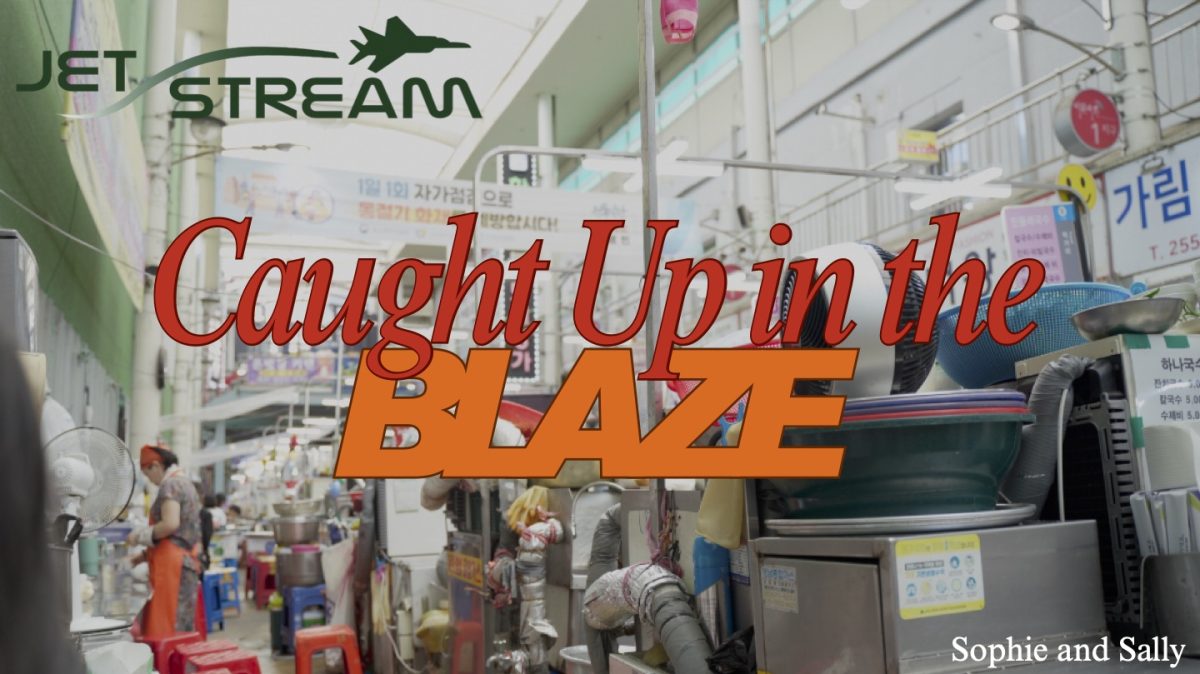




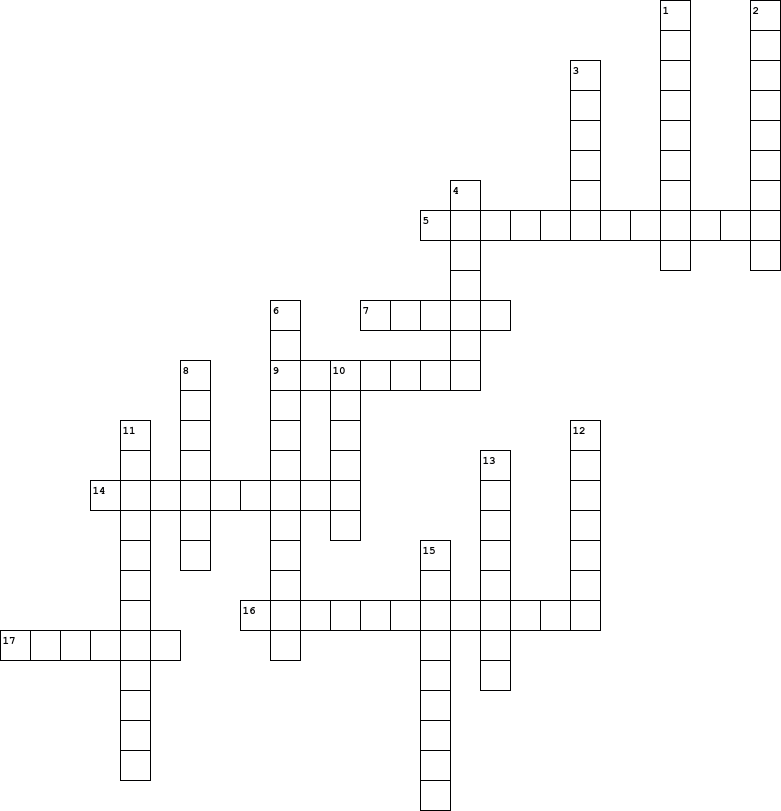
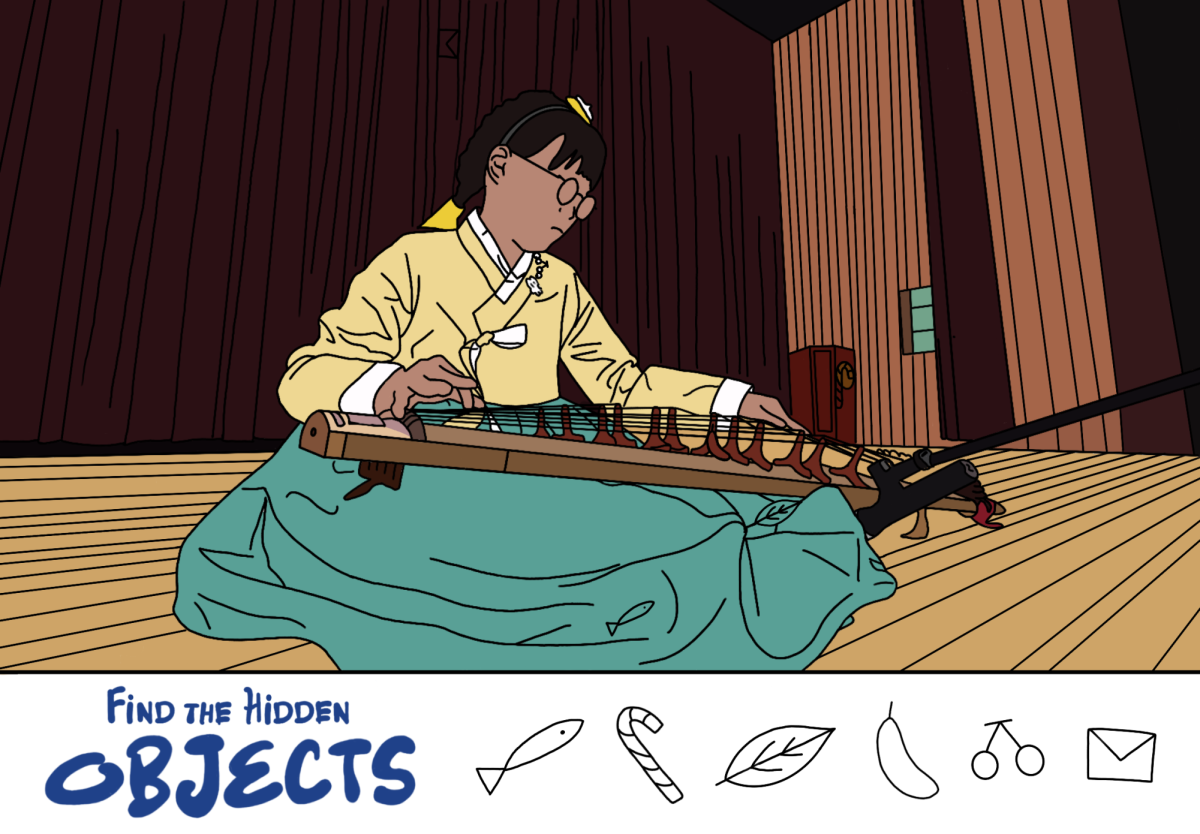
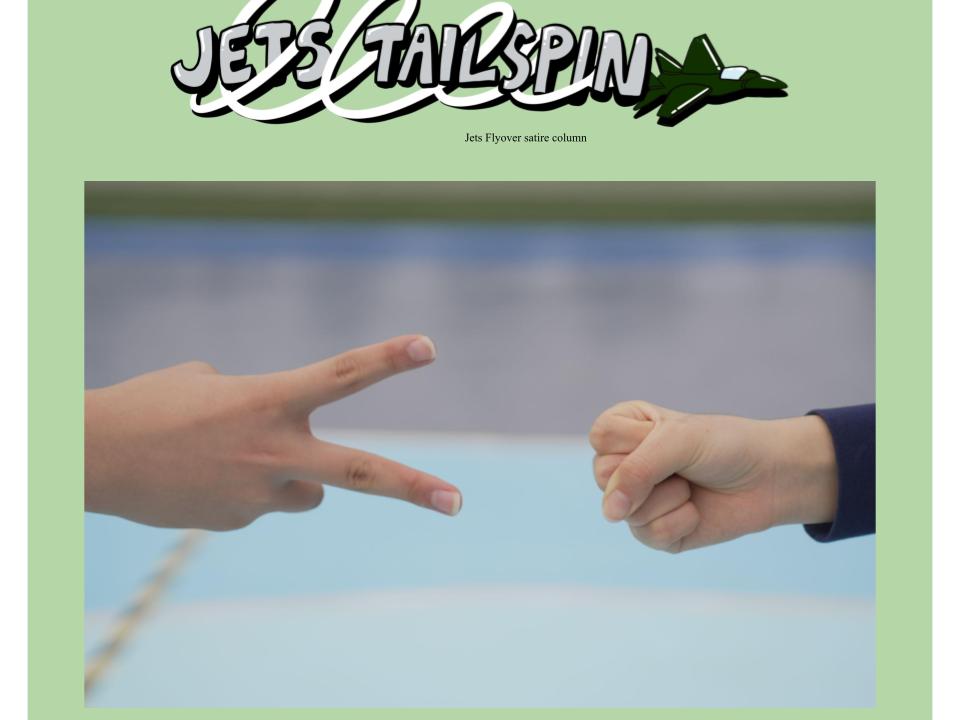
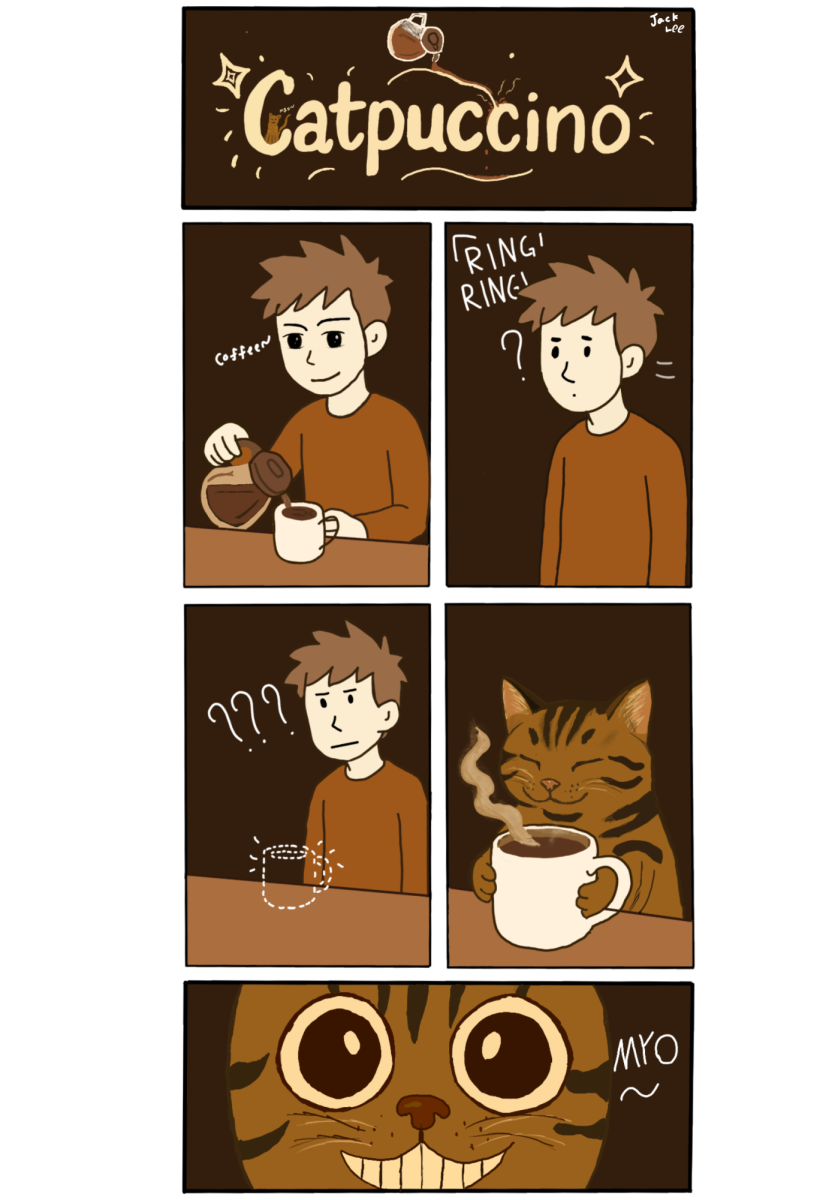

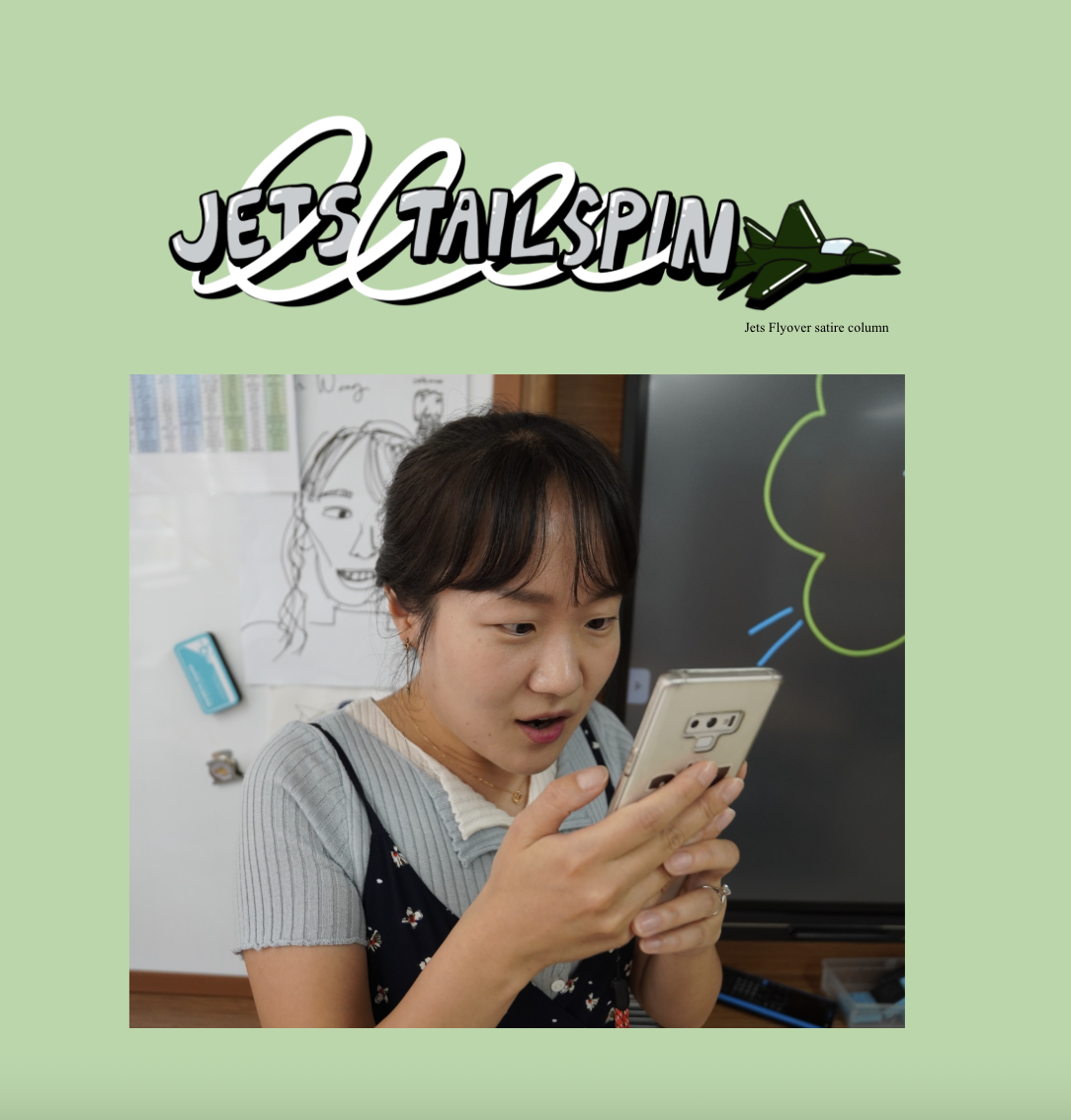

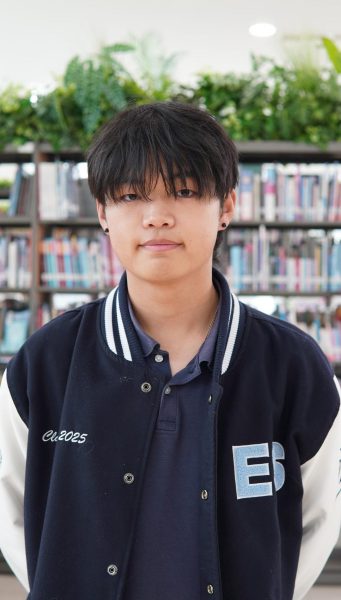

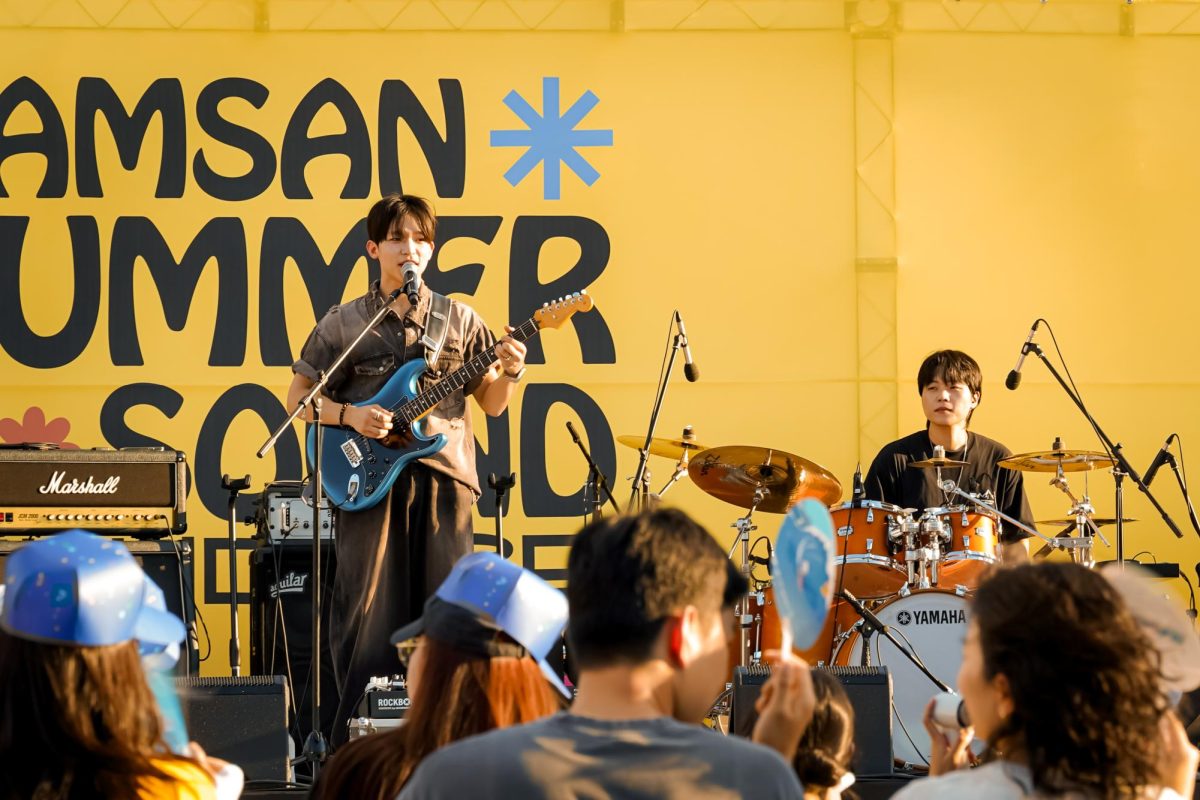
Sola • Oct 14, 2024 at 12:34 pm
WHAT?? POTTERY CLASS?? I WANT IN!!